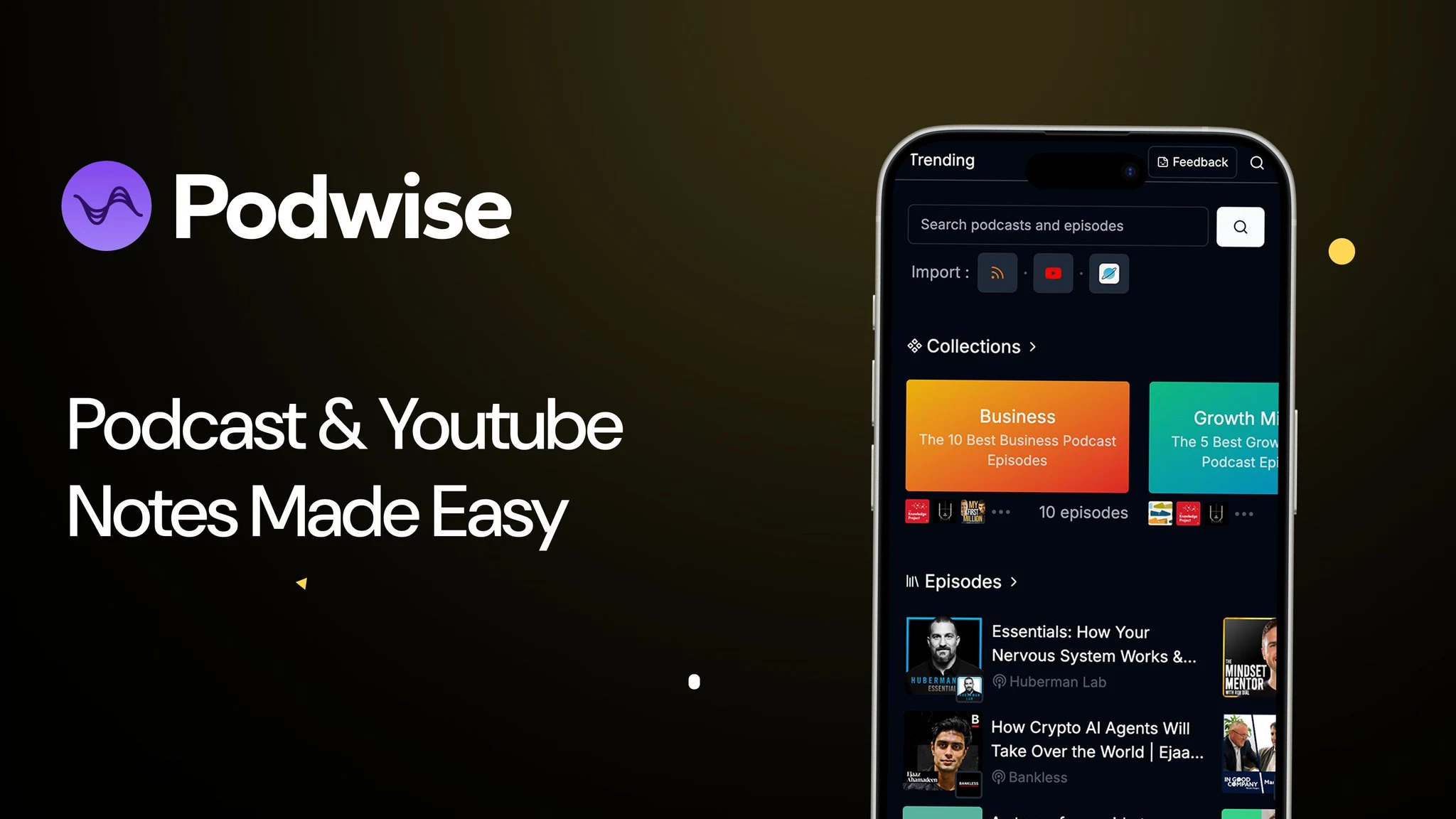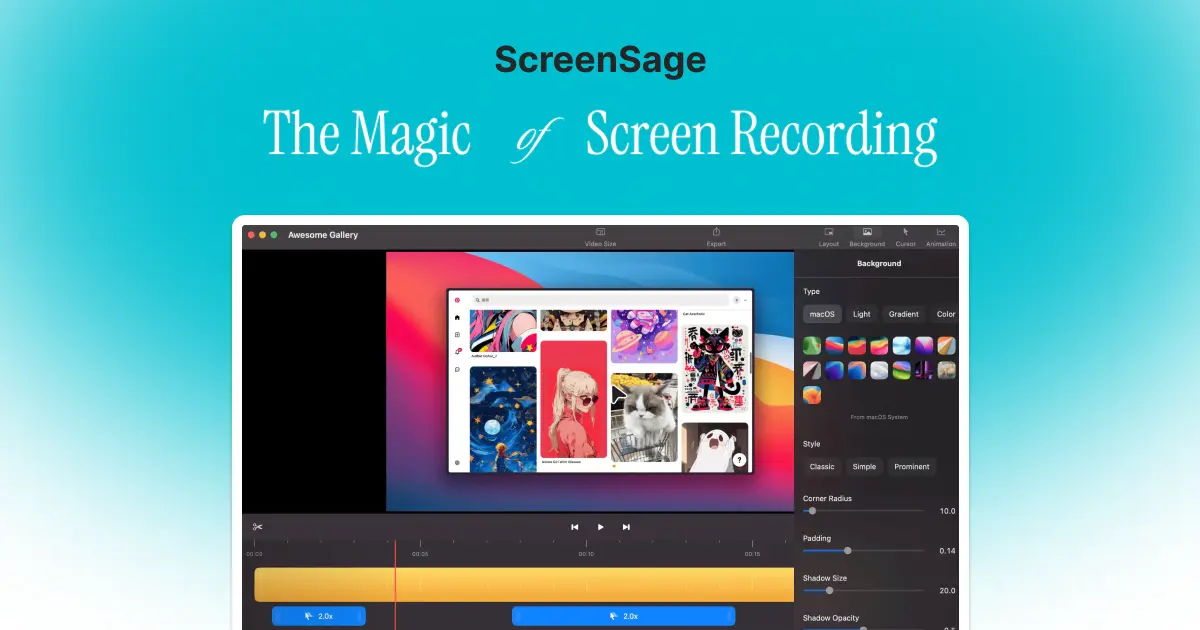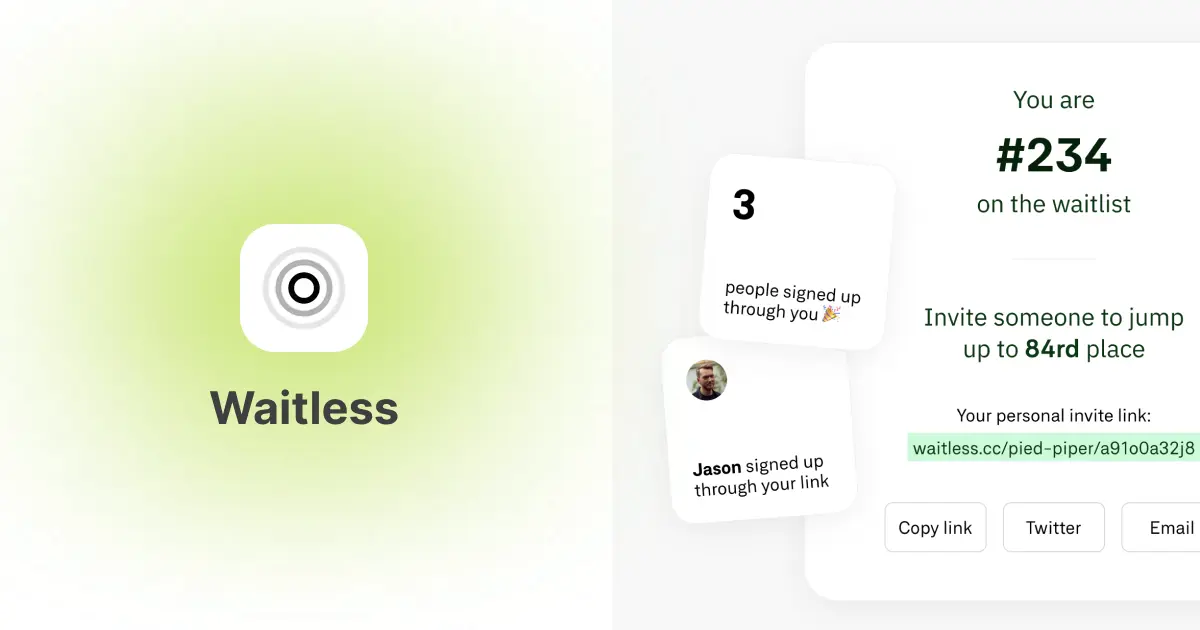Podwise: Listen Smarter with AI
Meet the creator of Podwise, a podcast-native assistant that helps listeners pull out the key moments fast and turn them into lasting takeaways.

Founder Story by OpenHunts — we spotlight outstanding products from our community and the stories behind them, so more people can discover their work.
Can you introduce Podwise in simple language?
Podwise is an efficient knowledge assistant built for podcast listeners. It can turn any episode—even video podcasts on YouTube—into accurate transcripts and then distill them into summaries, key takeaways, and chapter highlights. The goal is simple: help you digest information fast and keep what matters.
Who is Podwise built for?
We focus on three groups who treat podcasts as must-have knowledge sources:
- Investors: They need to capture industry insights and first-hand trends quickly to support investment decisions.
- Content creators: They mine podcasts for ideas and quotes, so extracting reusable material efficiently is crucial.
- Lifelong learners: They rely on podcasts for ongoing learning and want tools that help them internalize knowledge faster.
Which feature are you most proud of?
Our proudest achievement is the deep audio processing pipeline that powers Podwise.
Most AI summary tools lean on existing transcripts or captions. Podcasts rarely come with that, so we took on the hardest job ourselves: building high-accuracy speech-to-text. That single choice sets us apart from almost every competing product.
From that core capability we built details that matter, even if people don’t notice them right away:
- Exceptional transcription accuracy: We benchmark against every major provider and consistently score higher, thanks to ongoing optimization.
- Speaker recognition across shows: Podwise knows who is talking, even when the same guest appears on different podcasts, keeping identities consistent.
- Reliable long-form handling: We can process four-hour conversations—think Luo Yonghao with Li Xiang or a deep Lex Fridman interview—without breaking a sweat.
Those “invisible” strengths are our moat and the foundation of a better listening experience.
What tools or workflows do you rely on?
My entire workflow is a funnel that turns raw media into connected knowledge. Each stage has a single primary tool with a clear job:
- Intake (Podwise): I start with Podwise to squeeze every insight out of audio and video. Its only mission is to convert what I hear into clean, structured text.
- Collection (Readwise Reader): All raw material—Podwise notes, articles, newsletters—lands in Readwise Reader. It acts as a staging area where I read, highlight, and filter before anything enters my permanent system.
- Knowledge base (Obsidian): Only the highlights that survived in Readwise Reader sync into Obsidian, my second brain. There the goal is connection, not storage, so I use backlinks to weave new ideas into what I already know.
In short: Podwise (process audio) → Readwise Reader (review) → Obsidian (connect). Keeping each tool focused keeps the whole flow fast and calm.
What growth experience surprised you the most?
The most reliable surprise has been staying active on “level-playing-field” communities. Platforms with heavy follower bias—like X—make it tough to break through without an audience. But places such as Reddit, Jike, or Xiaohongshu reward strong content no matter who posts it. That’s where we found our first 1,000 users: the “Listen to Podcasts Together” community on Jike, V2EX, and a modest following on X. The strategy still works. In the right communities, good products grow on their own.
Nominate three builders we should interview next.
Anything else you’d like to add?
I want to talk about how AI products make money. Many people obsess over ARR, but we care more about churn. Monthly churn for AI products can hit 50%, which means users aren’t seeing ongoing value. Podwise holds churn low, which tells us we’ve found people with real, repeat needs—they’re paying for efficiency and for knowledge that sticks. The podcast market isn’t huge and competes with video, but we’re not worried about big tech coming in. The market is too niche for their scale. We’d rather serve the core users well, move at our own pace, and keep creating value without stress.

